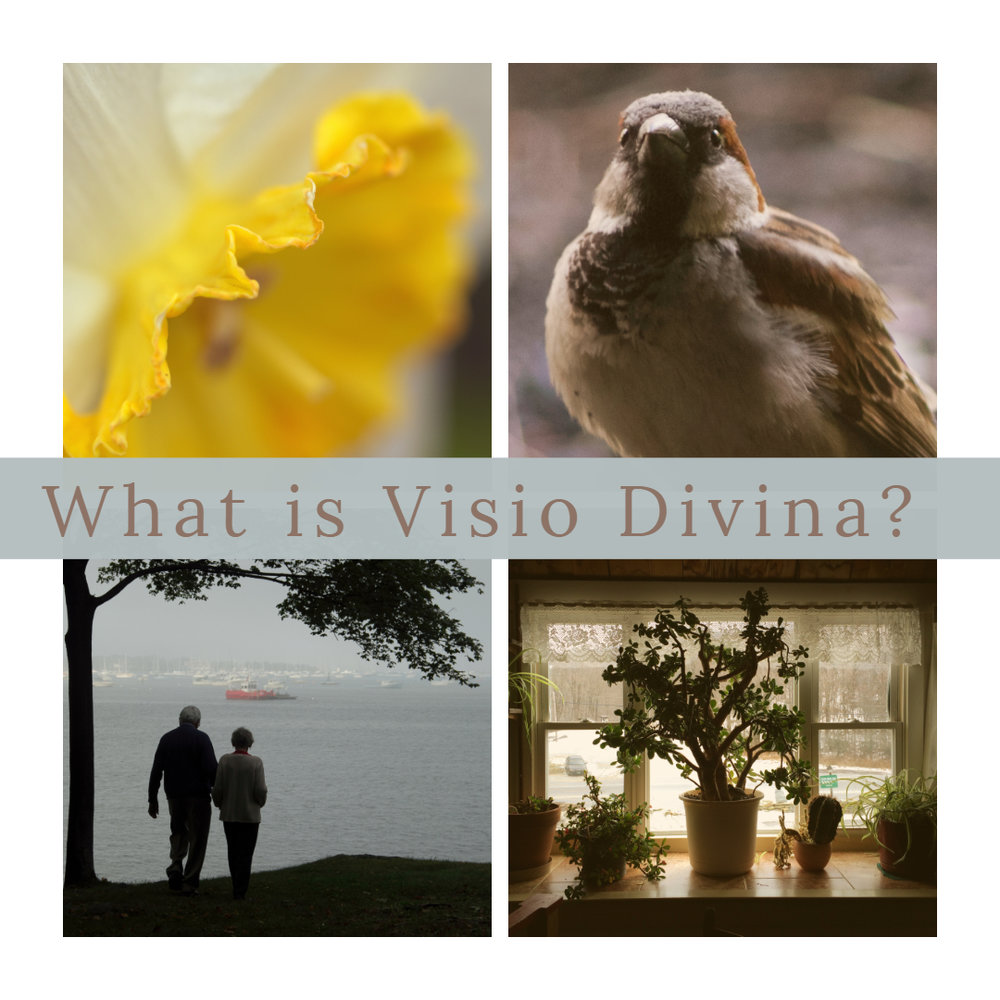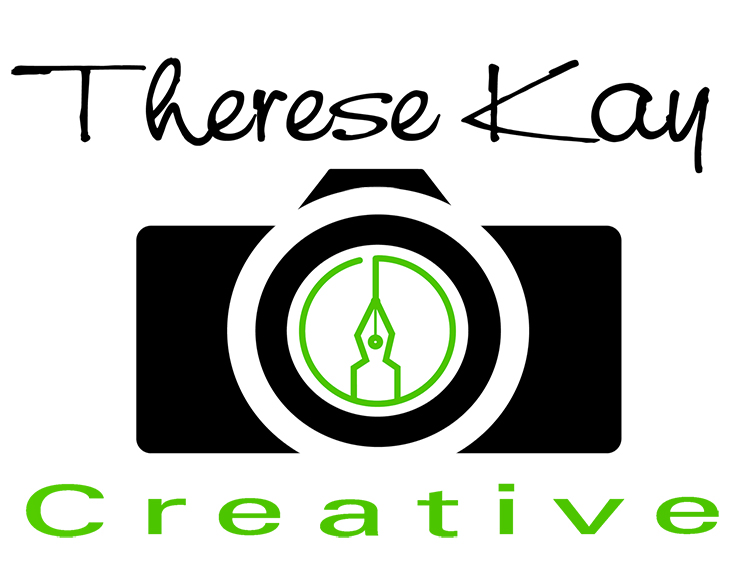Visio Divina Part 1: What Is It?
This will be a 3-part series on Visio Divina. This ancient spiritual practice was instrumental in the creation of Messages from God: An Illuminated Devotional and is a practice we incorporated into the companion workbook. As such, I thought it was fitting that you should know more about it and ways you can incorporate it into your prayer life.
What Is Visio Divina?
Visio divina is a prayer practice that is based on the practice of lectio divina. Lectio divina is Latin for divine reading and describes a way of reading the Scriptures. It is a traditional Benedictine practice that pairs reading Scripture with meditation and prayer. Pope Benedict XVI said in a 2005 speech, “I would like in particular to recall and recommend the ancient tradition of lectio divina: the diligent reading of Sacred Scripture accompanied by prayer brings about that intimate dialogue in which the person reading hears God who is speaking, and in praying, responds to him with trusting openness of heart.”
Visio divina is Latin for divine seeing and is a similar practice to lectio divina but is practiced with images. It is a prayer practice that allows us to encounter God’s presence in what we see and embraces multiple aspects of ourselves including analysis, reasoning, imagination, and intuition. God often spoke to His people through dreams and visions and continues to do so because God is the same yesterday, today, and forever. (Hebrews 13:8). God wants to be known by His people and will communicate with us in many different ways. (Proverbs 8:17, Jeremiah 31:33, Jeremiah 29:13)
According to J. Brent Bill in Mind the Light it “an invitation to experience a new way of seeing that shows our brains and souls what to pay attention to. It’s a way of seeing our inner and outer lives with spiritual eyes and discovering the connectedness between inner and outer sight.”
Kathryn Shirey shares the following in her blog post about visio divina.
The “richest prayer life comes through multi-sensory connection with God. We are each wired in different ways. Some of us respond best to the written word, some to the spoken word, some to music, some to art, some to movement. We can connect to God in prayer through each of these ways. Though we may have a preferred sense through which to pray, the richest prayer life will come through experiencing God through all your senses.”
Tim Mooney in his post about Visio divina on Patheos notes the following
“With our culture becoming more and more visually oriented, an intentional way of praying with images is needed now more than ever. Visio Divina invites us to see at a more contemplative pace. It invites us to see all there is to see, exploring the entirety of the image. It invites us to see deeply, beyond first and second impressions, below initial ideas, judgments, or understandings. It invites us to be seen, addressed, surprised, and transformed by God who is never limited or tied to any image, but speaks through them.”
An important thing to keep in mind before beginning this practice is your expectations of what might happen. I encourage you not to have any! You may or may not have any grand revelations. The point is to practice and to offer quiet time to be attentive to God’s presence, to spend time with your Creator and the lover of your soul.

The Process of Visio Divina
This steps I have outlined below have been gleaned from and put together from a number of different resources. I have made the outline of this process comprehensive but you can adapt it to your needs and time frame. Most resources, and my own experience, indicate that this prayer process will take about 20 minutes.
Something that I do each morning before I have my quiet time and other times before I engage in a spiritual practice is to spend a few minutes “free-writing” whatever is on my mind, especially the to-dos that tend to swirl around my head. This is a way to release your concerns to God and enable you to quiet your heart and mind for the time ahead. This journaling is not an official part of this process but I have found it so beneficial to my own practice!
Some people also find it beneficial to meditate on a cross, lit candle, or other quiet symbol to help them begin to focus on God.
Step 1: Relax and open your heart and mind to God . Ask God to speak clearly to you in a way that you can hear. Prepare to bring the whole of yourself – analytical, emotional, and intuitive – to the process. (Hebrews 4:1) Ask God to open the eyes of your heart, enabling you to see what God wants you to see. (Ephesians 1:17-19)
Step 2: If the image is specifically related to a scripture, scene, or story from the Bible, go and read it.
Step 3: Take a “first look” at the image. This is a slow look taking in all the aspects of the image before you. Observe your feelings, thoughts, and initial reaction. Observe the forms, figures, colors, lines, textures, shapes… Does it remind you of anything? Do you find yourself drawn to or repelled by anything in the image? What are your initial thoughts and feelings? Do not pass any judgment or evaluation of your initial response – just stay open to the image and prayer.
Note: If at any time, you begin to feel distracted, be gentle with yourself. Write down any distracting thoughts and then spend a few minutes quieting your mind again and focusing on God and then pick up wherever you left off in the process.
Step 4: Record your initial impressions of what you see and what strikes you in the image. Remain receptive and open to surprises. Release pre-conceived notions. Often has more to do with the way you see something than what you see. Keep an attitude of wonder.
“If you are concerned about what you are experiencing or wondering whether you are making it up, you can ask God to quiet your own voice and any other voices that you might be hearing. You can say something like ‘God, please quiet my own voice. I only want to experience what the Spirit who reveals God would like me to experience.’” Visio Divina by Karen Kuchan
Step 5: Take a second look and explore more fully your reactions to the image. What feelings are coming to you? Why? Are there colors, shapes, or symbols in the image that mean something to you? Is there something that strongly appeals to you? Repels you? Confuses you? Sit with those questions, thoughts, feelings, and reactions before God and ask for clarification.
Step 6: Record the feelings, thoughts, questions, memories, and meanings that arise for you.
Step 7: Pray. Ask the Holy Spirit to guide you into all truth. Bring all of what you’ve experienced before God. Does the image now evoke a value or different way of thinking or being? Does it open or deepen a desire in your heart? How do you feel God is calling you to respond? Gratitude? Supplication? Wonder? Lament? Confession? Forgiveness? Praise?
“And then there is time in which to be, simply to be, that time in which God quietly tells us who we are and who he wants us to be It is then that God can take our emptiness and fill it up with what he wants and drain away the business with which we inevitably get involved in the dailiness of human living.” – Madeleine L’Engle in Walking on Water: Reflections on Faith and Art
“an attitude of wonder, and openness to mystery, a tolerance of ambiguity are all essential to a meditative approach … We are called to openness…closing ourselves to mystery is closing ourselves to God.” – Howard Zehr in Little Book of Contemplative Photography: Seeing With Wonder, Respect And Humility
Step 8: Record in your journal the insights you want to remember and the actions God has invited you to take. Spend some time thanking God for speaking to you.
It is important to remember that “we aren’t in charge of determining the results of contemplative prayer. Our work is to make space for God and to then prepare ourselves to receive whatever God gives, even if God only gives us silence.” -Ed Cyzewski in The Contemplative Writer : Loving God through Christian Spirituality, Meditation, Daily Prayer, and Writing
Step 9: If the image really spoke to you, you may want to spend time in further inquiry such as learning more about:
-
the artist and their process and other artwork
-
what others say about this same piece of work (reading critiques)
-
other artists from the same time period
-
other pieces of work depicting the same story/scene and comparing the similarities and differences.
I encourage you to revisit this same artwork in the future. As Christine Vaulters Paintner says in The Artist’s Rule : Nurturing Your Creative Soul with Monastic Wisdom: “there are a multitude of layers that can’t be exhausted with just one sitting. Honor the art as an expression and allow it to continue to reveal its meaning.” Just as we revisit Scriptures and find various levels of meaning, the same is true of art.
I encourage you to learn and practice this contemplative prayer practice. Both Messages from God: An Illuminated Devotional and it’s companion workbook will be instrumental. Additionally, Therese has authored Meeting God through Art: Visio Divina: A Guided Prayer Journal with Images from the Metropolitan Museum of Art, a devotional workbook specifically designed to learn and practice visio divina.
Next week, in Part 2, I discuss “Hearing God” and “Images and Metaphors” and how these work with the process of visio divina. In Part 3, I share an example.
Originally posted on March 20, 2019 on www.MessagesfromGodDevotional.com
